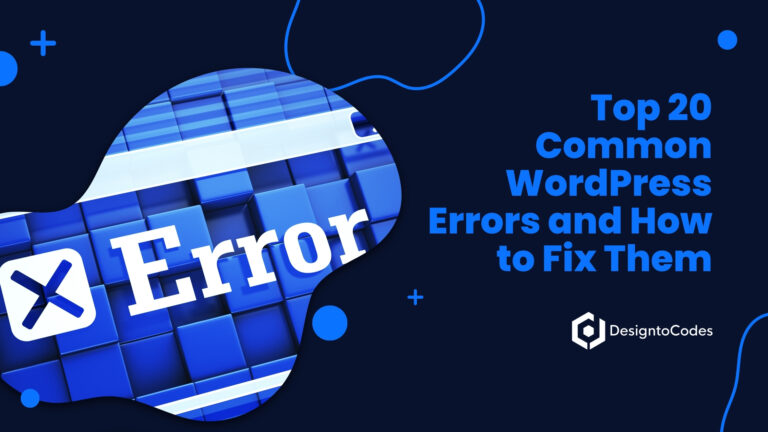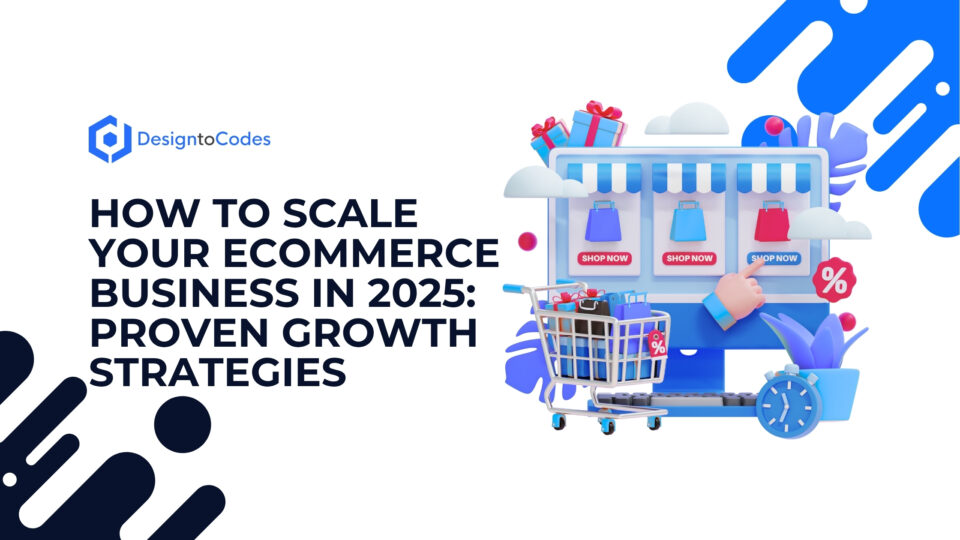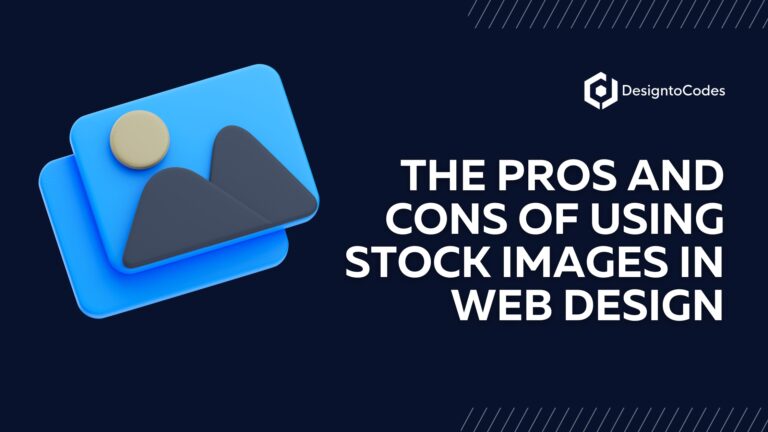
How to Scale Your eCommerce Business in 2025: Proven Growth Strategies

Scaling an eCommerce business in 2025 demands a strategic blend of innovation, customer focus, and operational efficiency. With global eCommerce sales projected to surpass $7 trillion by 2025, the opportunities are vast, but so is the competition. Whether you’re a small business owner or managing a growing online store, implementing proven growth strategies can help you capture market share, boost revenue, and build a sustainable brand. This comprehensive guide explores actionable tactics to scale your eCommerce business effectively, tailored to the trends and technologies shaping 2025.
Understanding the eCommerce Landscape in 2025
The eCommerce industry is evolving rapidly, driven by advancements in technology, shifting consumer behaviors, and increased market saturation. To scale successfully, you need to stay ahead of these trends:
- Mobile Commerce Dominance: Over 60% of online purchases are made via mobile devices, emphasizing the need for mobile-optimized websites and apps.
- Personalization Expectations: Customers expect tailored experiences, with 80% more likely to purchase from brands offering personalized interactions.
- Sustainability and Ethics: Eco-conscious consumers prioritize brands with sustainable practices, influencing purchasing decisions.
- AI and Automation: Artificial intelligence powers chatbots, inventory management, and personalized marketing, reducing costs and improving efficiency.
- Global Expansion Opportunities: Cross-border eCommerce is growing, with emerging markets like Southeast Asia and Africa offering untapped potential.
To thrive in this dynamic environment, your scaling strategy must align with these trends while addressing operational challenges, such as logistics, customer retention, and competition.
Key Strategies to Scale Your eCommerce Business
Scaling isn’t just about increasing sales; it’s about building a robust infrastructure that supports growth without compromising quality or profitability. Below are proven strategies to scale your eCommerce business in 2025.
1. Optimize Your Website for Performance and User Experience
Your website is the foundation of your eCommerce business. A seamless, fast, and intuitive user experience (UX) can significantly boost conversions and customer loyalty.
- Enhance Site Speed: A one-second delay in page load time can result in a 7% reduction in conversions. Utilize tools such as image compression and content delivery networks (CDNs) to enhance speed.
- Mobile-First Design: Ensure your website is fully responsive, with intuitive navigation and fast-loading mobile pages.
- Simplify Checkout: Reduce cart abandonment (which averages 70%) by offering a streamlined checkout process with guest checkout options and multiple payment methods.
- Leverage High-Quality Templates: Utilize responsive HTML, Bootstrap, or Tailwind templates to craft visually appealing and functional websites that adapt to various devices and screen sizes.
Investing in a well-designed website ensures customers have a positive experience, encouraging repeat purchases and referrals.
2. Leverage Data-Driven Personalization
Personalization is no longer optional—it’s a necessity. Customers expect personalized recommendations, emails, and offers tailored to their preferences and behavior.
- Implement AI-Powered Recommendations: Utilize AI algorithms to suggest products based on browsing history, resulting in an average order value increase of up to 20%.
- Segment Your Audience: Divide customers into groups based on demographics, purchase history, or behavior for targeted email campaigns.
- Dynamic Content: Customize website content, such as banners or product listings, to reflect user preferences in real time.
- Personalized Email Marketing: Craft emails with personalized subject lines and offers, which can boost open rates by 26%.
By leveraging customer data, you can establish meaningful connections that foster loyalty and drive sales.
3. Expand Your Product Offerings
Diversifying your product range can attract new customers and increase revenue streams. However, expansion must be strategic to avoid overextending resources.
- Conduct Market Research: Analyze customer feedback and market trends to identify high-demand products.
- Introduce Private Labels: Develop your own branded products to increase margins and build brand loyalty.
- Bundle Products: Offer product bundles or subscription services to encourage repeat purchases and increase customer lifetime value.
- Test New Categories: Experiment with complementary products, such as accessories or related services, to broaden your appeal and attract new customers.
Careful product expansion ensures you meet customer needs without diluting your brand or inventory management.
4. Strengthen Your Marketing Strategy
Effective marketing drives traffic and conversions, but scaling requires a focus on high-ROI channels and innovative tactics.
- Invest in SEO: Optimize product pages with relevant keywords, high-quality content, and meta descriptions to improve your search engine rankings. For example, use long-tail keywords like “sustainable fashion for women 2025” to target niche audiences.
- Social Media Advertising: Platforms like Instagram and TikTok are powerful for reaching younger audiences, with shoppable posts driving 30% higher engagement.
- Influencer Partnerships: Collaborate with micro-influencers (10,000–50,000 followers) for cost-effective, authentic promotions.
- Content Marketing: Create blog posts, videos, or tutorials that showcase your products’ value, boosting organic traffic and brand authority.
A multi-channel marketing approach ensures you reach diverse audiences while maximizing return on investment.
5. Streamline Operations and Logistics
Efficient operations are critical for scaling without compromising customer satisfaction. Focus on optimizing your supply chain and fulfillment processes to enhance efficiency and reduce costs.
- Automate Inventory Management: Utilize AI-driven tools to track stock levels, thereby reducing overselling and stockouts.
- Partner with Reliable Logistics Providers: Select shipping partners that offer fast and affordable delivery options to meet customer expectations.
- Offer Flexible Shipping: Provide free shipping thresholds or expedited options to improve customer satisfaction.
- Outsource Fulfillment: Consider third-party logistics (3PL) providers to handle warehousing and shipping, freeing up resources for growth.
Streamlined operations reduce costs and ensure a seamless customer experience, even as order volumes increase.
6. Focus on Customer Retention
Acquiring new customers is expensive—retaining existing ones is more cost-effective and drives sustainable growth.
- Implement Loyalty Programs: Offer rewards, discounts, or exclusive perks for repeat customers to increase retention rates by 25%.
- Enhance Customer Support: Offer 24/7 support through chatbots or live agents to resolve issues promptly, fostering trust.
- Solicit Feedback: Utilize surveys or reviews to gain insight into customer needs and enhance your offerings.
- Re-engage Inactive Customers: Send targeted emails with special offers to win back customers who haven’t purchased in recent months.
Building strong relationships with existing customers fosters loyalty and encourages word-of-mouth referrals.
7. Expand to International Markets
Cross-border eCommerce is a powerful way to scale, but it requires careful planning to navigate cultural and logistical challenges.
- Localize Your Website: Offer multi-language support and currency options to cater to international customers.
- Research Target Markets: Identify high-potential regions, such as Southeast Asia, where e-commerce is expected to grow at a 15% annual rate.
- Optimize for Global SEO: Utilize region-specific keywords and adhere to local regulations to achieve higher rankings in international search results.
- Partner with Local Distributors: Collaborate with regional logistics providers to ensure fast and cost-effective shipping.
Global expansion opens new revenue streams but requires investment in localization and compliance.
8. Adopt Emerging Technologies
Technology is a game-changer for e-commerce scaling. Embrace tools that enhance efficiency and customer engagement.
- AI Chatbots: Implement chatbots for instant customer support, reducing response times and operational costs.
- Augmented Reality (AR): Allow customers to visualize products (e.g., furniture or clothing) in their environment, boosting conversion rates by up to 40%.
- Voice Commerce: Optimize for voice search queries, as 50% of searches are expected to be voice-based by 2025.
- Blockchain for Transparency: Use blockchain to verify product authenticity or supply chain sustainability, appealing to eco-conscious consumers.
Staying ahead of technological trends positions your brand as innovative and customer-centric.
Comparison of Scaling Strategies
To help you prioritize, here’s a table comparing key scaling strategies based on cost, impact, and implementation time:
| Strategy | Cost | Impact on Growth | Implementation Time | Best For |
| Website Optimization | Low-Moderate | High | 1–3 Months | All eCommerce Businesses |
| Personalization | Moderate | High | 2–4 Months | Businesses with Customer Data |
| Product Expansion | Moderate-High | Moderate-High | 3–6 Months | Established Brands |
| Marketing Strategy | Moderate-High | High | Ongoing | Businesses Seeking Traffic |
| Operations Streamlining | Moderate | Moderate | 2–5 Months | High-Order-Volume Stores |
| Customer Retention | Low-Moderate | High | 1–3 Months | Businesses with Loyal Customers |
| International Expansion | High | High | 6–12 Months | Ambitious, Resource-Rich Brands |
| Emerging Technologies | Moderate-High | Moderate-High | 3–6 Months | Tech-Savvy Businesses |
This table helps you assess which strategies align with your budget, goals, and timeline.
Overcoming Common Scaling Challenges
Scaling comes with challenges that can derail growth if not addressed proactively. Here’s how to tackle everyday obstacles:
- Inventory Management: Utilize predictive analytics to forecast demand accurately and prevent overstocking or stockouts.
- Customer Service Overload: Scale support with AI chatbots and outsourced teams to maintain response times.
- Rising Costs: Monitor key metrics, such as customer acquisition cost (CAC) and return on ad spend (ROAS), to optimize spending.
- Market Saturation: Differentiate your brand through unique value propositions, such as sustainability or exclusive products.
- Technical Issues: Regularly audit your website for bugs, broken links, and slow load times to maintain a seamless user experience.
Proactively addressing these challenges ensures smooth scaling and sustained growth.
Measuring Success: Key Metrics to Track
To evaluate your scaling efforts, monitor these key performance indicators (KPIs):
- Conversion Rate: Aim for a 2–3% conversion rate, indicating effective website and marketing strategies.
- Customer Lifetime Value (CLV): Track CLV to measure the long-term value of retained customers.
- Average Order Value (AOV): Increase AOV through upselling, cross-selling, or bundling.
- Cart Abandonment Rate: Reduce abandonment (ideally below 65%) with optimized checkout processes.
- Return on Investment (ROI): Calculate ROI for marketing and technology investments to ensure profitability.
Regularly analyzing these metrics helps you refine strategies and stay on track.
Building a Scalable Brand in 2025
Scaling your eCommerce business requires a long-term vision. Focus on building a brand that resonates with customers and adapts to market changes.
- Invest in Branding: Create a consistent brand identity across your website, social media, and packaging.
- Foster Community: Engage customers through social media, forums, or events to build a loyal community.
- Stay Agile: Monitor industry trends and customer feedback to pivot quickly when needed.
- Prioritize Sustainability: Adopt eco-friendly practices, such as sustainable packaging, to appeal to conscious consumers.
A strong, adaptable brand ensures longevity and customer trust as you scale.
Conclusion
Scaling an eCommerce business in 2025 is both an opportunity and a challenge. By optimizing your website, leveraging personalization, expanding strategically, and embracing technology, you can drive sustainable growth. Focus on data-driven decisions, customer-centric strategies, and operational efficiency to stay competitive in a crowded market. Start small, test your approaches, and scale incrementally to build a thriving eCommerce business that stands out in 2025 and beyond.
Ready to take your eCommerce business to the next level? Begin by auditing your current operations, identifying high-impact strategies from this guide, and implementing them with a clear plan. With the right approach, your business can achieve exponential growth in the dynamic eCommerce landscape.
- Categories: How To
Recent Posts
Recent Products
Share This Post
Subscribe To Our Newsletter
Get More Update and Stay Connected with Us








